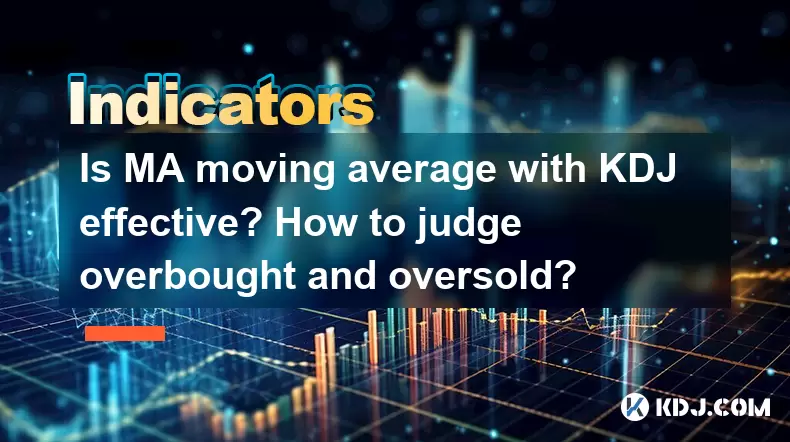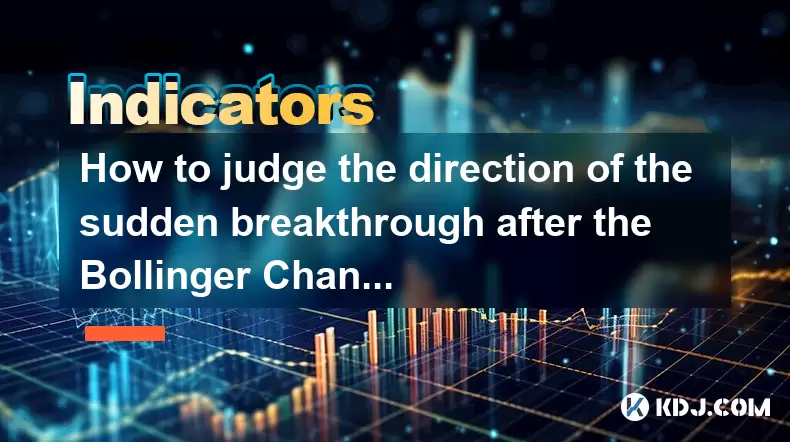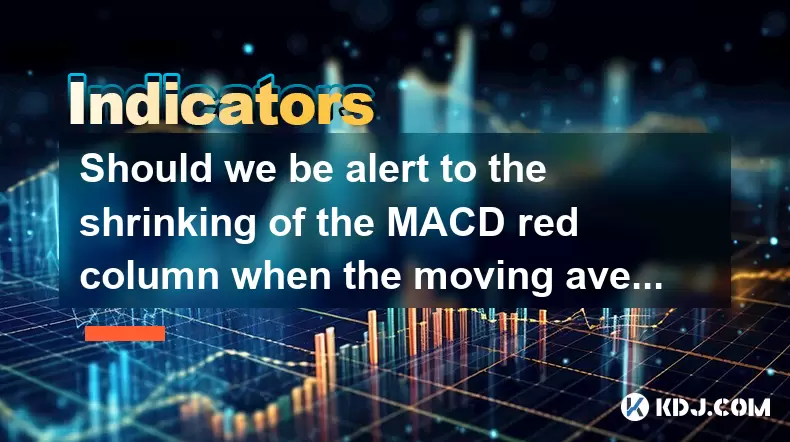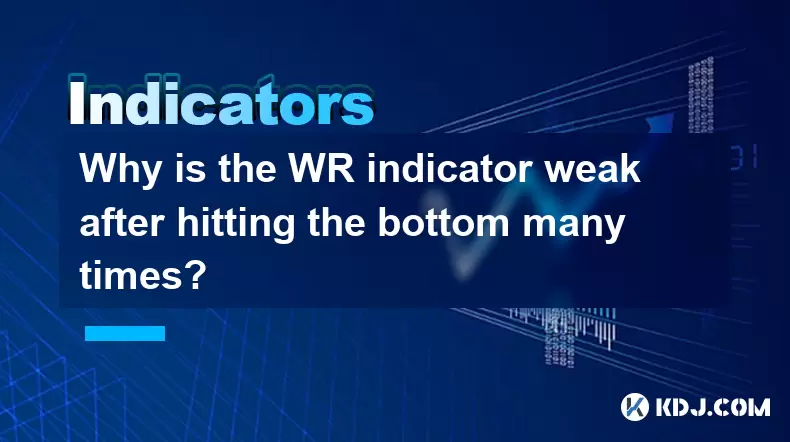-
 Bitcoin
Bitcoin $101,898.5005
-0.75% -
 Ethereum
Ethereum $2,258.1125
-1.07% -
 Tether USDt
Tether USDt $1.0004
0.01% -
 XRP
XRP $2.0178
-2.93% -
 BNB
BNB $624.0243
-1.53% -
 Solana
Solana $134.3298
-0.90% -
 USDC
USDC $0.9999
0.01% -
 TRON
TRON $0.2675
-2.05% -
 Dogecoin
Dogecoin $0.1538
-1.96% -
 Cardano
Cardano $0.5482
-1.11% -
 Hyperliquid
Hyperliquid $35.5636
5.45% -
 Bitcoin Cash
Bitcoin Cash $453.4902
-1.66% -
 Sui
Sui $2.5134
-2.97% -
 UNUS SED LEO
UNUS SED LEO $9.1292
1.77% -
 Chainlink
Chainlink $11.8457
-1.60% -
 Stellar
Stellar $0.2312
-2.73% -
 Avalanche
Avalanche $16.9721
0.29% -
 Toncoin
Toncoin $2.7549
-3.82% -
 Shiba Inu
Shiba Inu $0.0...01081
-1.10% -
 Litecoin
Litecoin $80.8250
-0.71% -
 Hedera
Hedera $0.1374
0.21% -
 Monero
Monero $305.4827
-2.36% -
 Ethena USDe
Ethena USDe $1.0006
0.00% -
 Dai
Dai $1.0000
-0.01% -
 Polkadot
Polkadot $3.2085
-3.12% -
 Bitget Token
Bitget Token $4.0845
-3.13% -
 Uniswap
Uniswap $6.3353
-1.63% -
 Pi
Pi $0.5085
-0.70% -
 Pepe
Pepe $0.0...08913
-3.82% -
 Aave
Aave $232.7090
-0.58%
Is MA moving average with KDJ effective? How to judge overbought and oversold?
MA and KDJ can be effective for crypto trading; use MA for trend and KDJ for entry/exit signals, watching for overbought (>80) and oversold (<20) conditions.
May 23, 2025 at 04:07 am

Is MA Moving Average with KDJ Effective? How to Judge Overbought and Oversold?
In the world of cryptocurrency trading, technical analysis plays a crucial role in making informed decisions. Among the various tools available, the combination of Moving Average (MA) and KDJ indicator is often used by traders to gauge market trends and potential reversals. This article will delve into the effectiveness of using MA with KDJ and how to accurately judge overbought and oversold conditions.
Understanding MA and KDJ
The Moving Average (MA) is a widely used indicator that helps smooth out price data to identify the direction of a trend. There are several types of MAs, including Simple Moving Average (SMA) and Exponential Moving Average (EMA). The SMA calculates the average price over a specified period, while the EMA gives more weight to recent prices, making it more responsive to new data.
On the other hand, the KDJ indicator, also known as the Stochastic Oscillator, is a momentum indicator that compares the closing price of a cryptocurrency to its price range over a certain period. The KDJ consists of three lines: K, D, and J. The K and D lines are used to generate buy and sell signals, while the J line is considered a more sensitive indicator of potential reversals.
Combining MA and KDJ for Trading
Combining MA and KDJ can provide traders with a more comprehensive view of the market. The MA helps identify the overall trend, while the KDJ can signal potential entry and exit points within that trend. Here’s how traders can effectively use these indicators together:
- Trend Identification with MA: Use a longer-term MA, such as a 50-day or 200-day SMA, to determine the primary trend. If the price is above the MA, it indicates an uptrend, and if it's below, it suggests a downtrend.
- Entry and Exit Signals with KDJ: Within the identified trend, use the KDJ to find potential entry and exit points. A buy signal is generated when the K line crosses above the D line in the oversold region (typically below 20), and a sell signal is generated when the K line crosses below the D line in the overbought region (typically above 80).
Judging Overbought and Oversold Conditions
Judging overbought and oversold conditions is crucial for making timely trading decisions. The KDJ indicator is particularly useful for this purpose. Here’s how to interpret the KDJ to identify these conditions:
- Overbought Condition: An asset is considered overbought when the KDJ lines are in the upper region, typically above 80. This suggests that the price may have risen too quickly and could be due for a correction.
- Oversold Condition: Conversely, an asset is considered oversold when the KDJ lines are in the lower region, typically below 20. This indicates that the price may have fallen too rapidly and could be poised for a rebound.
Practical Application in Cryptocurrency Trading
To apply these concepts in real-world cryptocurrency trading, consider the following steps:
- Select Your Time Frame: Choose a time frame that aligns with your trading strategy. Shorter time frames (e.g., 15-minute charts) are suitable for day trading, while longer time frames (e.g., daily charts) are better for swing trading.
- Set Up Your Indicators: Add the MA and KDJ indicators to your trading platform. Configure the MA to a suitable period, such as 50 days for a medium-term trend, and set the KDJ with standard parameters (e.g., 9, 3, 3).
- Monitor the Trend: Use the MA to monitor the overall trend of the cryptocurrency. If the price is consistently above the MA, it suggests a bullish trend; if it's below, it indicates a bearish trend.
- Watch for KDJ Signals: Within the identified trend, watch for KDJ signals. Look for the K line crossing above the D line in the oversold region as a potential buy signal, and the K line crossing below the D line in the overbought region as a potential sell signal.
- Confirm with Price Action: Always confirm KDJ signals with price action. Look for support and resistance levels, candlestick patterns, and other technical indicators to validate your trading decisions.
Case Study: Bitcoin Trading with MA and KDJ
To illustrate the effectiveness of combining MA and KDJ, let’s consider a hypothetical case study involving Bitcoin (BTC). Suppose you are monitoring BTC on a daily chart and notice the following:
- The 50-day SMA is trending upwards, indicating a bullish trend.
- The KDJ lines are in the oversold region (below 20), and the K line crosses above the D line.
In this scenario, the MA confirms a bullish trend, and the KDJ provides a buy signal in the oversold region. A trader could enter a long position on BTC, expecting a potential rebound. Conversely, if the KDJ lines were in the overbought region (above 80) and the K line crossed below the D line, it would signal a potential sell opportunity within the bullish trend.
Frequently Asked Questions
Q: Can the MA and KDJ be used for all cryptocurrencies?
A: Yes, the MA and KDJ can be applied to any cryptocurrency. However, the effectiveness may vary depending on the liquidity and volatility of the specific cryptocurrency. More liquid and less volatile assets tend to provide more reliable signals.
Q: How do I adjust the parameters of the KDJ for different trading styles?
A: The standard parameters for the KDJ are 9, 3, 3, but you can adjust these based on your trading style. For shorter time frames and more frequent trading, you might use shorter periods (e.g., 5, 3, 3). For longer-term trading, you might opt for longer periods (e.g., 14, 3, 3).
Q: What other indicators can be used alongside MA and KDJ?
A: Other indicators that complement MA and KDJ include the Relative Strength Index (RSI), the MACD (Moving Average Convergence Divergence), and Bollinger Bands. These can provide additional confirmation of trends and potential reversals.
Q: How do I manage risk when trading with MA and KDJ?
A: Risk management is crucial when using any trading strategy. Set stop-loss orders to limit potential losses, and use position sizing to ensure that no single trade can significantly impact your overall portfolio. Additionally, consider using trailing stops to lock in profits as the trade moves in your favor.
Disclaimer:info@kdj.com
The information provided is not trading advice. kdj.com does not assume any responsibility for any investments made based on the information provided in this article. Cryptocurrencies are highly volatile and it is highly recommended that you invest with caution after thorough research!
If you believe that the content used on this website infringes your copyright, please contact us immediately (info@kdj.com) and we will delete it promptly.
- Cryptocurrencies, Coingecko, and Trending Tokens: What's Hot Now?
- 2025-06-23 23:05:12
- FUNToken: Decoding Past Trends and Getting Started in the Gaming Crypto Sphere
- 2025-06-23 22:25:12
- BTC Price Analysis: Navigating Volatility and the Quest for a New ATH
- 2025-06-23 22:25:12
- Genesis, Bitcoin Mining, and Air-Cooled Miners: A New Era?
- 2025-06-23 22:45:12
- Coinbase's Growth and Resilience: Navigating the Crypto Landscape
- 2025-06-23 22:45:12
- Bitcoin Options Market: Bullish Bets Amidst Geopolitical Jitters
- 2025-06-23 22:51:52
Related knowledge

What is the significance of the gap formed by the gap opening not being filled within five days?
Jun 23,2025 at 09:42pm
Understanding Gaps in Cryptocurrency TradingIn the world of cryptocurrency trading, a gap refers to a situation where the price of an asset jumps from one level to another without any trading activity occurring between those two levels. This often happens over weekends or holidays when the market is closed, and significant news or events occur that impa...

Does the second golden cross of MACD above the zero axis represent the continuation of strength?
Jun 23,2025 at 08:21pm
Understanding the MACD IndicatorThe Moving Average Convergence Divergence (MACD) is a widely used technical analysis tool in cryptocurrency trading. It consists of three main components: the MACD line, the signal line, and the histogram. The MACD line is calculated by subtracting the 26-period Exponential Moving Average (EMA) from the 12-period EMA. The...

How to judge the direction of the sudden breakthrough after the Bollinger Channel narrows to the extreme?
Jun 23,2025 at 11:00pm
Understanding the Bollinger Channel and Its Narrowing PatternThe Bollinger Channel is a widely used technical indicator in cryptocurrency trading, consisting of three bands: the middle band (a simple moving average), and two outer bands that represent standard deviations from the middle line. When the price consolidates for an extended period, the chann...

Is it effective when the DIF line suddenly crosses the zero axis when the volume is shrinking and the market is trading sideways?
Jun 23,2025 at 07:29pm
Understanding the DIF Line in Technical AnalysisThe DIF line, or the Difference Line, is a critical component of the MACD (Moving Average Convergence Divergence) indicator, widely used in technical analysis across cryptocurrency and traditional financial markets. It represents the difference between the 12-period EMA (Exponential Moving Average) and the...

Should we be alert to the shrinking of the MACD red column when the moving average is arranged in a bullish pattern?
Jun 23,2025 at 08:14pm
Understanding the MACD Red Column and Its SignificanceThe Moving Average Convergence Divergence (MACD) is a widely used technical indicator in cryptocurrency trading. It consists of three main components: the MACD line, the signal line, and the MACD histogram (the red column). The red column represents the difference between the MACD line and the signal...

Why is the WR indicator weak after hitting the bottom many times?
Jun 23,2025 at 07:56pm
Understanding the WR Indicator in Cryptocurrency TradingThe Williams %R (WR) indicator is a momentum oscillator used by traders to identify overbought and oversold levels in the market. It ranges from 0 to -100, with readings above -20 considered overbought and below -80 considered oversold. In the context of cryptocurrency trading, where volatility is ...

What is the significance of the gap formed by the gap opening not being filled within five days?
Jun 23,2025 at 09:42pm
Understanding Gaps in Cryptocurrency TradingIn the world of cryptocurrency trading, a gap refers to a situation where the price of an asset jumps from one level to another without any trading activity occurring between those two levels. This often happens over weekends or holidays when the market is closed, and significant news or events occur that impa...

Does the second golden cross of MACD above the zero axis represent the continuation of strength?
Jun 23,2025 at 08:21pm
Understanding the MACD IndicatorThe Moving Average Convergence Divergence (MACD) is a widely used technical analysis tool in cryptocurrency trading. It consists of three main components: the MACD line, the signal line, and the histogram. The MACD line is calculated by subtracting the 26-period Exponential Moving Average (EMA) from the 12-period EMA. The...

How to judge the direction of the sudden breakthrough after the Bollinger Channel narrows to the extreme?
Jun 23,2025 at 11:00pm
Understanding the Bollinger Channel and Its Narrowing PatternThe Bollinger Channel is a widely used technical indicator in cryptocurrency trading, consisting of three bands: the middle band (a simple moving average), and two outer bands that represent standard deviations from the middle line. When the price consolidates for an extended period, the chann...

Is it effective when the DIF line suddenly crosses the zero axis when the volume is shrinking and the market is trading sideways?
Jun 23,2025 at 07:29pm
Understanding the DIF Line in Technical AnalysisThe DIF line, or the Difference Line, is a critical component of the MACD (Moving Average Convergence Divergence) indicator, widely used in technical analysis across cryptocurrency and traditional financial markets. It represents the difference between the 12-period EMA (Exponential Moving Average) and the...

Should we be alert to the shrinking of the MACD red column when the moving average is arranged in a bullish pattern?
Jun 23,2025 at 08:14pm
Understanding the MACD Red Column and Its SignificanceThe Moving Average Convergence Divergence (MACD) is a widely used technical indicator in cryptocurrency trading. It consists of three main components: the MACD line, the signal line, and the MACD histogram (the red column). The red column represents the difference between the MACD line and the signal...

Why is the WR indicator weak after hitting the bottom many times?
Jun 23,2025 at 07:56pm
Understanding the WR Indicator in Cryptocurrency TradingThe Williams %R (WR) indicator is a momentum oscillator used by traders to identify overbought and oversold levels in the market. It ranges from 0 to -100, with readings above -20 considered overbought and below -80 considered oversold. In the context of cryptocurrency trading, where volatility is ...
See all articles
























































































